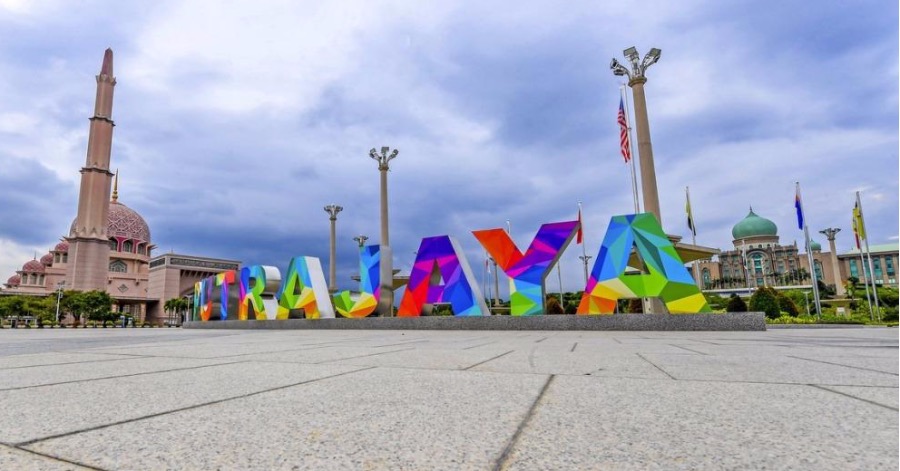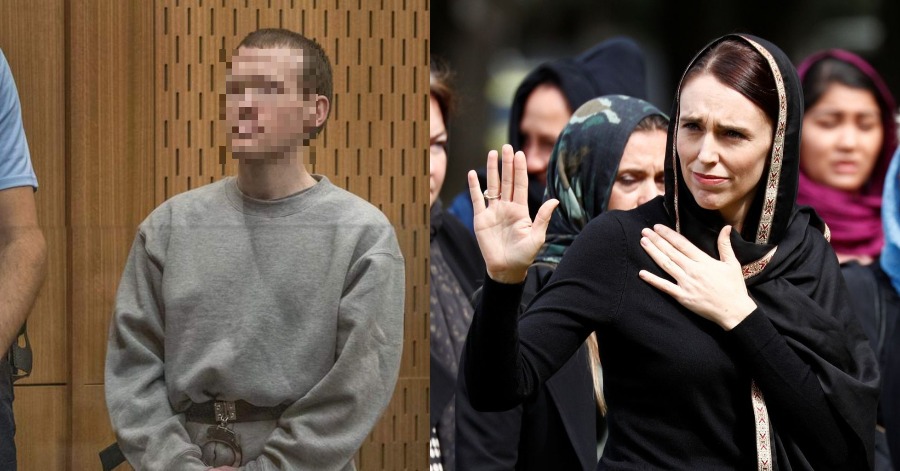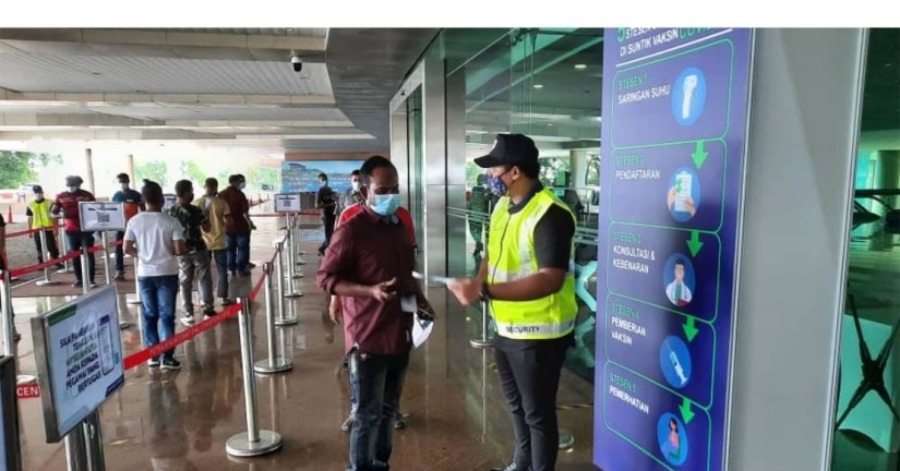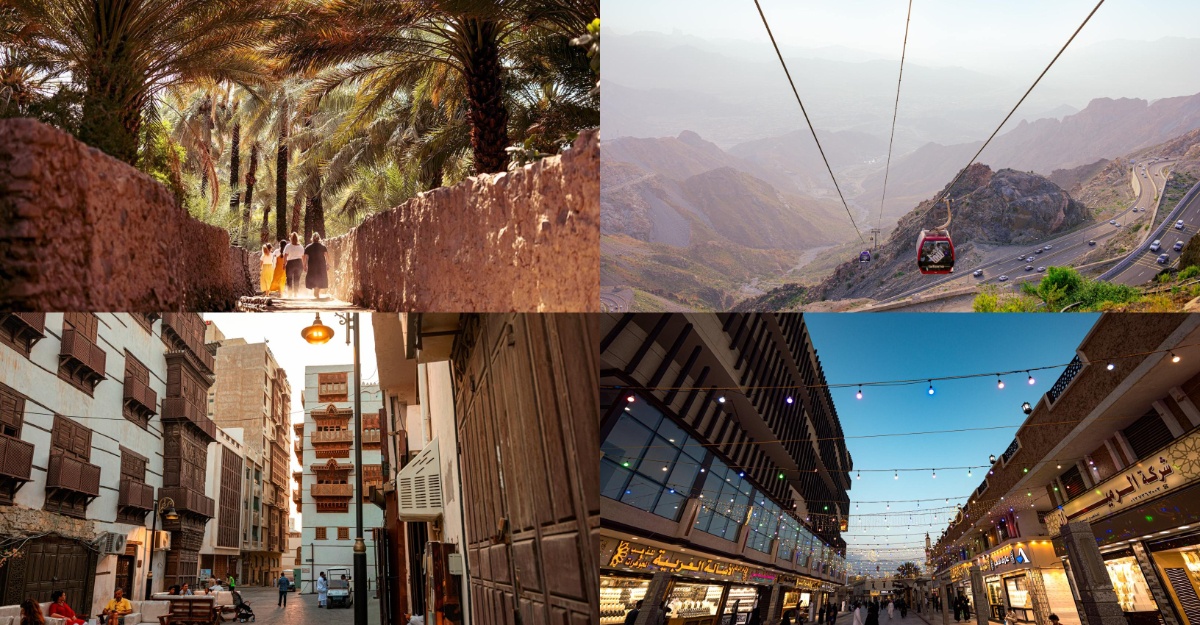PUTRAJAYA, Aug 28 — Within 25 years of its launch on Aug 29, 1995, Putrajaya has turned into an icon city and a model government’s administrative centre for other countries.
In conjunction with Putrajaya’s silver jubilee celebration this year, Bernama interviewed two individuals who were among the early residents to migrate to this administrative city.
One of them is G. Damodaran, who says Putrajaya is very close to his heart, being that he was one of the officers in the team that was formed to study the suitable location for the development of the administrative city.
“It was in 1990, at that time I was a special officer to (then) Chief Secretary to the Government (KSN) Tun Ahmad Sarji Abdul Hamid and I was involved in surveying five places that were listed for the setting up of a government administrative centre, namely Janda Baik (Pahang), Jelebu (Negeri Sembilan), Sepang , Bukit Beruntung and Prang Besar (Selangor).
“After the study was done, finally Tun Dr Mahathir Mohamad (then Prime Minister) chose Prang Besar, which was then renamed Putrajaya. The place was chosen because it is closer to Kuala Lumpur, the price of land here (Prang Besar) at that time was only RM3 per square foot,” said Damodaran, 70, to Bernama.
He said the first building built in Putrajaya was the Putra Mosque, followed by the Perdana Putra Building (Complex A) and the Government Complex B and C.
Damodaran said he started working with the Prime Minister’s Department in Putrajaya on Nov 2,1999, and then moved in to the government’s quarters at Precinct 9 administrative centre with his wife and two children, who were then staying in Selayang, Selangor.
“The quarters was the first to be opened and I was among the first three officers to move in. At that time it was quiet because not many people wanted to move here. On weekends and public holidays, like Hari Raya Aidilfitri, there won’t be anyone here,” he said.
Damodaran, who is from Kubang Pasu, Kedah, said he decided to make Putrajaya his home after retiring in 2006 and bought a terrace house in Precinct 9.
Despite being one of the individuals involved in the early stage of planning for Putrajaya’s development, he did not expect the city to grow so fast.
“I think Putrajaya went through the most rapid development between 2000 and 2010 and after that, there were more projects to build housing areas,” he said, adding that Putrajaya is now a complete, beautiful and safe city.
A retiree, Mahmud Jamaluddin, 64, said he and his family moved to the Precinct 16 government quarters here at the end of 2000 after the Department of Statistics, where he was working, shifted office from Kuala Lumpur to Putrajaya.
“At first I commuted daily from the government quarters at Kampung Pandan to Putrajaya. When I first came, I was able to choose which (house) unit to stay because all the units were vacant.
“Not many people wanted to stay here then. I remember the Asset management Division having to hold a campaign ‘Jom Duduk Kuarters’ (Come Stay At Quarters), opened counters at night markets to get civil servants to move in to Putrajaya,” he added.
Mahmud, who has six children, said initially there was only one school in Putrajaya, which is in Precinct 8, compared to now, where there is a school in every precinct, except at Precinct 15.
“Five of my children went to school here, as the eldest one had completed secondary school at that time,” said Mahmud, who now has seven grandchildren.
The grandfather, who is a member of the residents’ committee, said that he chose to remain in Putrajaya , despite having retired from the government service because it is a well-planned city, has complete infrastructure and not congested like other towns or cities.
“My three children and I bought our houses here because life here is very calm. We have the mossque and there are also many surau now, as well as parks for recreational activities, There are mosques and suraus now, there are also many parks for recreation. It is fun here,” he said.
Meanwhile, Putrajaya Corporation (PPj) president Datuk Dr Aminuddin Hassim said during the early years, Putrajaya had a population of between 20,000 and 30,000 people, but now it has increased to about 120,000 people.
On his vision for Putrajaya in 2050, he said PPj would ensure that Putrajaya remained relevant as the federal government’s administrative centre through investment in technology and knowledge development.
Aminuddin said PPj would work with Universiti Kebangsaan Malaysia (UKM) to set up the university’s campus here.
He said Heriot-Watt University Malaysia was the first university in Putrajaya. It was established in 2015.
“By 2050, we will make sure our parks are still there with the 36 to 40 per cent structure plan of Putrajaya remaining green. This is a statistic we must maintain. We can advance with technology and so on, but we must maintain the greens and cleanliness,” he added.
Source: BERNAMA









Leave a Comment